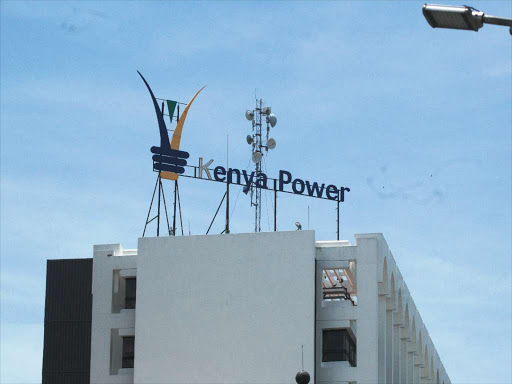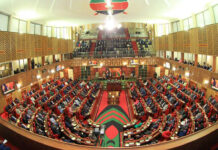Kenya Power has reported a Sh3.50 billion net profit for the fiscal year ended June 30, up 134% from Sh1.49 billion the previous year.
The increase was primarily driven by a 6.9% increase in sales and a 1.5% increase in system efficiency to 77.57%. It was also aided by a 4.6% decrease in operating costs.
The higher earnings were also due to lower tax costs, with the firm’s tax expense for the fiscal year under review falling from Sh6.71 billion to Sh1.62 billion.
During the financial year under review, the firm’s corporate tax rate reverted to 30% from 25% in 2021, resulting in a significant change in comparative tax expense.
Sales increased by 6.9% to 9,163 GWh, owing in part to the addition of 453,916 customers, primarily in the SME and large power segments, bringing the total number of customers to 8.9 million.
Increased usage among existing customers also contributed to sales growth.
Operating expenses fell by 4.6%, from Kshs.39.8 billion to Sh38 billion, thanks to effective cost management implemented throughout the year.
Nonetheless, basic revenue fell slightly from Sh125.9 billion to Sh125.6 billion.
“Our focus for this financial year set on building on the momentum built during the previous financial years when the turn-around strategy was rolled out. Despite some curve balls, all our core business lines have registered remarkable improvement,” said Geoffrey Muli, the Acting Managing Director, Kenya Power.
The Company’s net liability position improved by Sh10.7 billion to Sh55.74 billion during the fiscal year under review, owing primarily to a reduction in overdue debt and the clearance of a Sh3.6 billion overdraft.
Power purchase prices increased by 22.3 percent. Non-fuel costs increased by 4.75 percent during the period, from Sh76.037 billion to Sh79.65 billion, due to increased energy consumption from new generation plants.
Fuel costs increased from Sh11.18 billion to Sh26.49 billion as thermal energy plant dispatch increased from 876 GWh to 1,539 GWh.
This is due to low hydrology, the unavailability of key geothermal plants, the failure of the Loyangalani-Suswa transmission power line, and an increase in global fuel prices.













